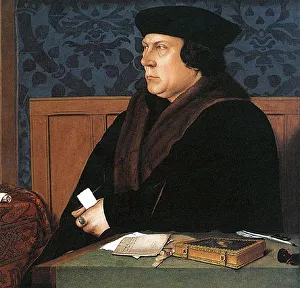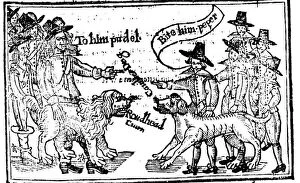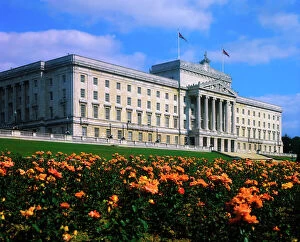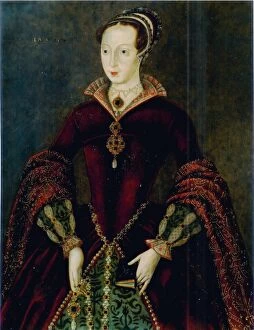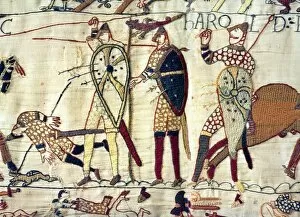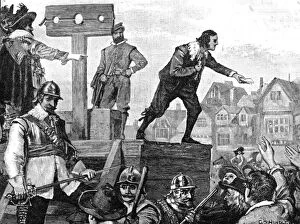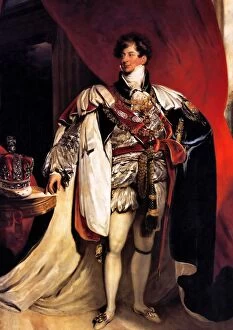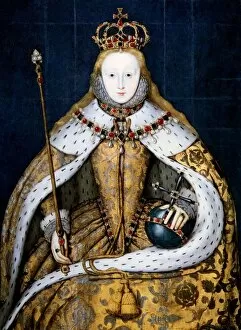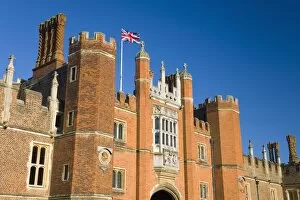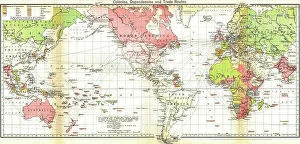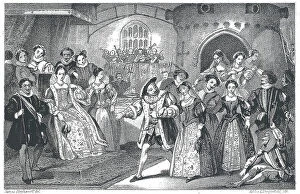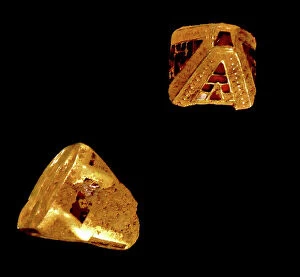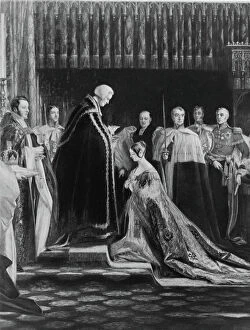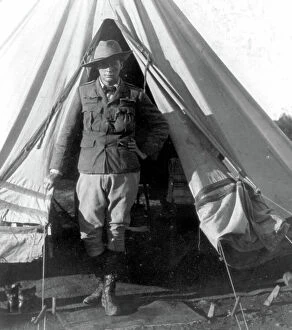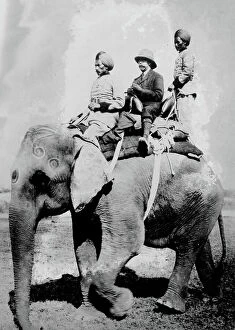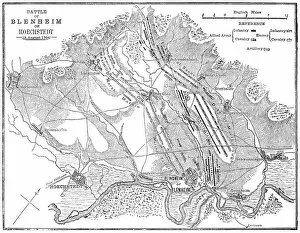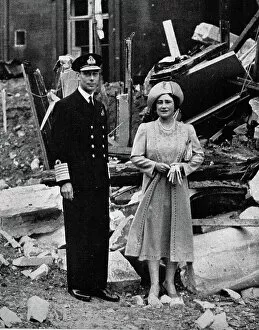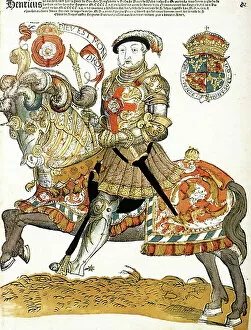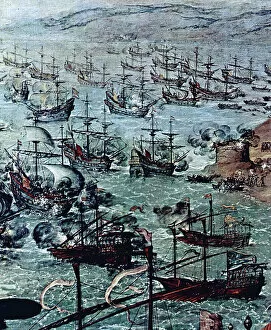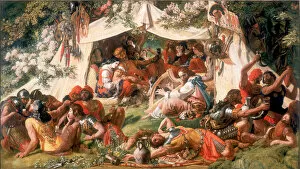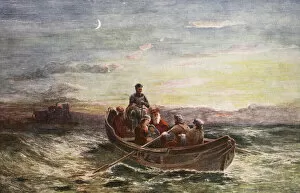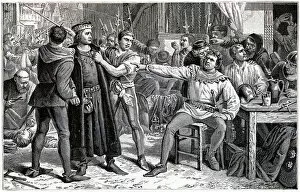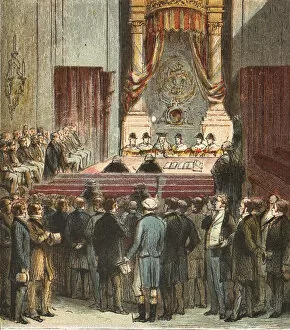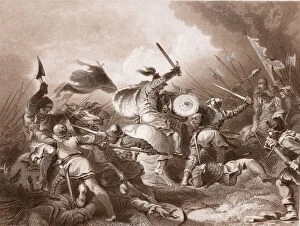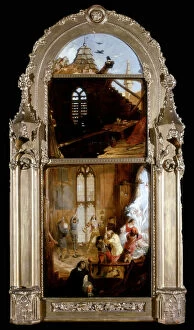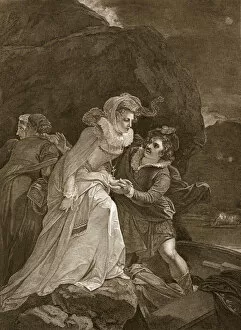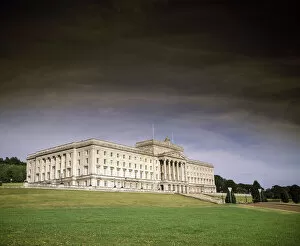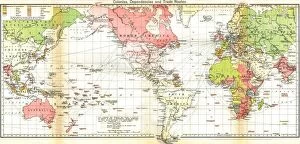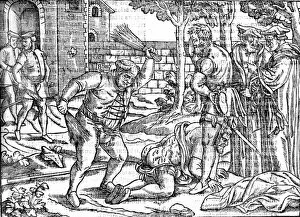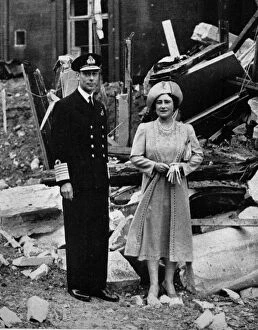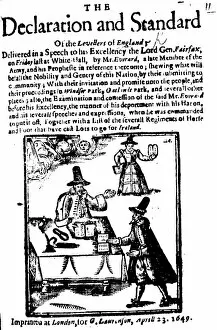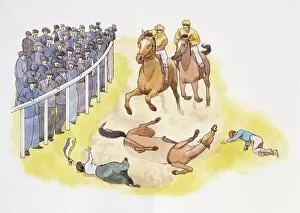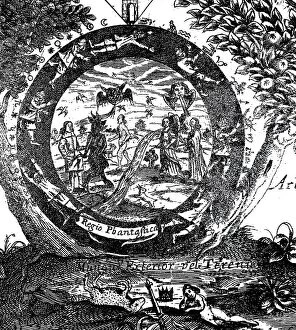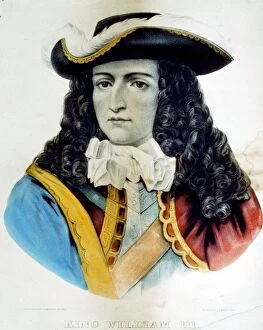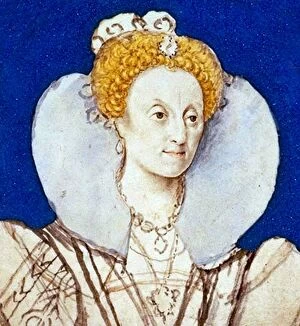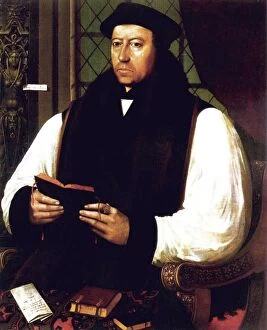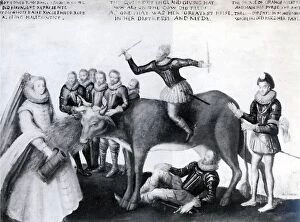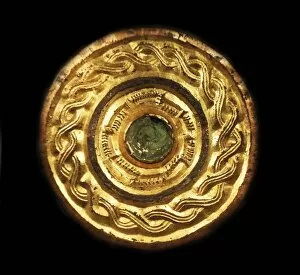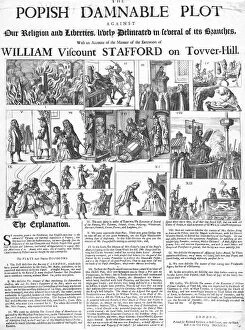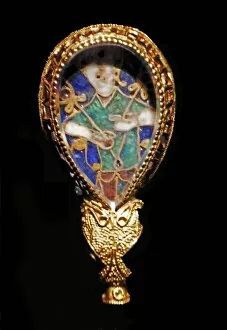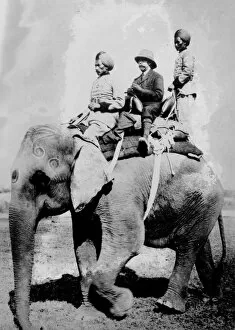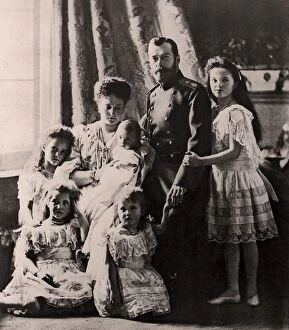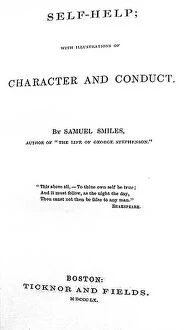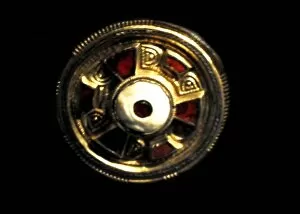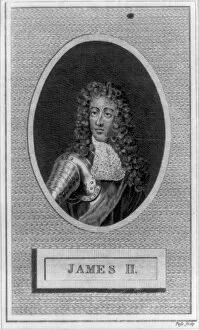British History Collection
"Unveiling the Tapestry of British History: From Thomas Cromwell to King George VI" Step into the captivating world as we delve into its rich tapestry
For sale as Licensed Images
Choose your image, Select your licence and Download the media
"Unveiling the Tapestry of British History: From Thomas Cromwell to King George VI" Step into the captivating world as we delve into its rich tapestry, woven with tales of power, war, and royalty. Thomas Cromwell Earl of Essex, immortalized by Holbein's brushstrokes, stands as a symbol of political prowess during the Tudor era. A key figure in Henry VIII's court, his influence shaped the destiny of England. The English Civil War propaganda reveals a nation torn apart by conflicting ideologies - "To Him Pudel, Bite Him Peper. " The battle for supremacy raged on as factions fought for control over a divided land. In 1066, at the Battle of Hastings, English King Harold met his tragic end during the Norman Invasion. This pivotal moment forever altered Britain's course and laid the foundation for centuries to come. Elizabeth I emerges resplendent in her coronation robes - an iconic queen who reigned over England from 1558. Her reign marked an era known for exploration and cultural flourishing that left an indelible mark on history. Hampton Court Palace's great gatehouse and west front stand tall as witnesses to royal extravagance and intrigue throughout centuries past. These grand structures hold secrets within their walls that whisper stories from times long gone. As we turn our gaze towards more recent events, we witness somber moments etched in black-and-white photographs. The funerals of King Edward VII and Queen Victoria serve as reminders that even monarchs are not immune to mortality. World War II leaves its scars upon Buckingham Palace - bomb damage inflicted upon it during September 1940 serves as a testament to London's resilience amidst adversity. The Battle of Blenheim (Hoechstedt) map takes us back further still – illustrating one triumph among many in Britain’s military history. It showcases how strategic victories shaped nations across Europe.

